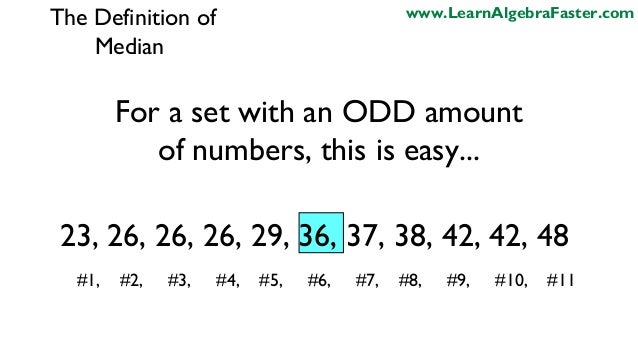

GM formula for given set is given by (x 1 × x 2 × x 3 ×. Geometric mean (GM) is the nth root of the product of the elements in a sequence. Therefore, the geometric mean of 2 and 8 is 4. If n =2, then the formula for geometric mean = √(ab) The geometric mean of 2 and 8 can be calculated as Geometric Mean is the value or mean of a set of data points which is calculated by raising the product of the points to the reciprocal of the number of the data points.


Whereas in geometric mean, we multiply the “n” number of values and then take the n th root of the product. The arithmetic mean is defined as the ratio of the sum of given values to the total number of values. What Is the Difference Between the Arithmetic Mean and Geometric Mean? This is a kind of average used like other means (like arithmetic mean). The geometric mean of n number of data values is the n th root of the product of all the data values. These topics will also give you a glimpse of how such concepts are covered in Cuemath.įAQs on Geometric Mean What is the Definition of Geometric Mean? Given below is the list of topics that are closely connected to the Geometric Mean.
Define median geometry series#
The products of the corresponding items of the G.M in the two series are equal to the product of their geometric mean.The ratio of the corresponding observations of the G.M in two series is equal to the ratio of their geometric means.If each value in the data set is substituted by the G.M, then the product of the values remains unchanged.The G.M for the given data set is always less than the arithmetic mean for the data set.Some of the tips and tricks on G.M are as follows: Geometric Mean is also used in biological studies like cell division and bacterial growth rate etc.The geometric mean is used in finance to find the average growth rates which are also known as the compounded annual growth rate (CAGR).To calculate the annual return on the investment portfolio.It is used in stock indexes because many of the value line indexes which are used by financial departments make use of G.M.Geometric mean has many advantages over arithmetic mean and it is used in many fields. This indicates that A ≥ G Application of Geometric Mean Let us also see why the G.M for the given data set is always less than the arithmetic mean for the data set. Therefore the square of the geometric mean is equal to the product of the arithmetic mean and the harmonic mean. Hence, the relation between AM, GM, and HM is GM 2 = AM × HM. Now, substitute (I) and (II) in (III), we get Assume that “a” and “b” are the two number and the number of values = 2, then For example, if you have two data values, take the square root, or if you have three data values, then take the cube root, or else if you have four data values, then take the 4 th root, and so on.īefore we learn the relation between the AM, GM and HM, we need to know the formulas of all these 3 types of mean. But in geometric mean, the given data values are multiplied, and then you take the root with the radical index for the final product of data values. In the arithmetic mean, data values are added and then divided by the total number of values. Note that this is different from the arithmetic mean. Thus, the geometric mean is also defined as the n th root of the product of n numbers.

For example: for a given set of two numbers such as 8 and 1, the geometric mean is equal to √(8×1) = √8 = 2√2. Basically, we multiply the 'n' values altogether and take out the n th root of the numbers, where n is the total number of values. Medians are compared by non-parametric statistical procedures.The Geometric Mean (GM) is the average value or mean which signifies the central tendency of the set of numbers by taking the root of the product of their values. The median appears as a line in the box of a box-and-whisker plot and divides the middle two quartiles. The median is a better measure than the mean of the centre of a data distribution when the data are not symmetrically (normally) distributed, as it is not affected as severely as the mean by the outliers and non-symmetry typical of biological data. The midpoint of data after being ranked in a distribution, above and below which lie an equal number of values a measure of central location, which divides a set of data into two equal parts the data value at rank 0.5 x (n + 1). Where there is an even number of values, the median is designated as halfway between the two middle values. The exact middle value in a set of values that has been arranged in order from highest to lowest-i.e., there are as many values greater and less than the median. The American Heritage® Medical Dictionary Copyright © 2007, 2004 by Houghton Mifflin Company.


 0 kommentar(er)
0 kommentar(er)
